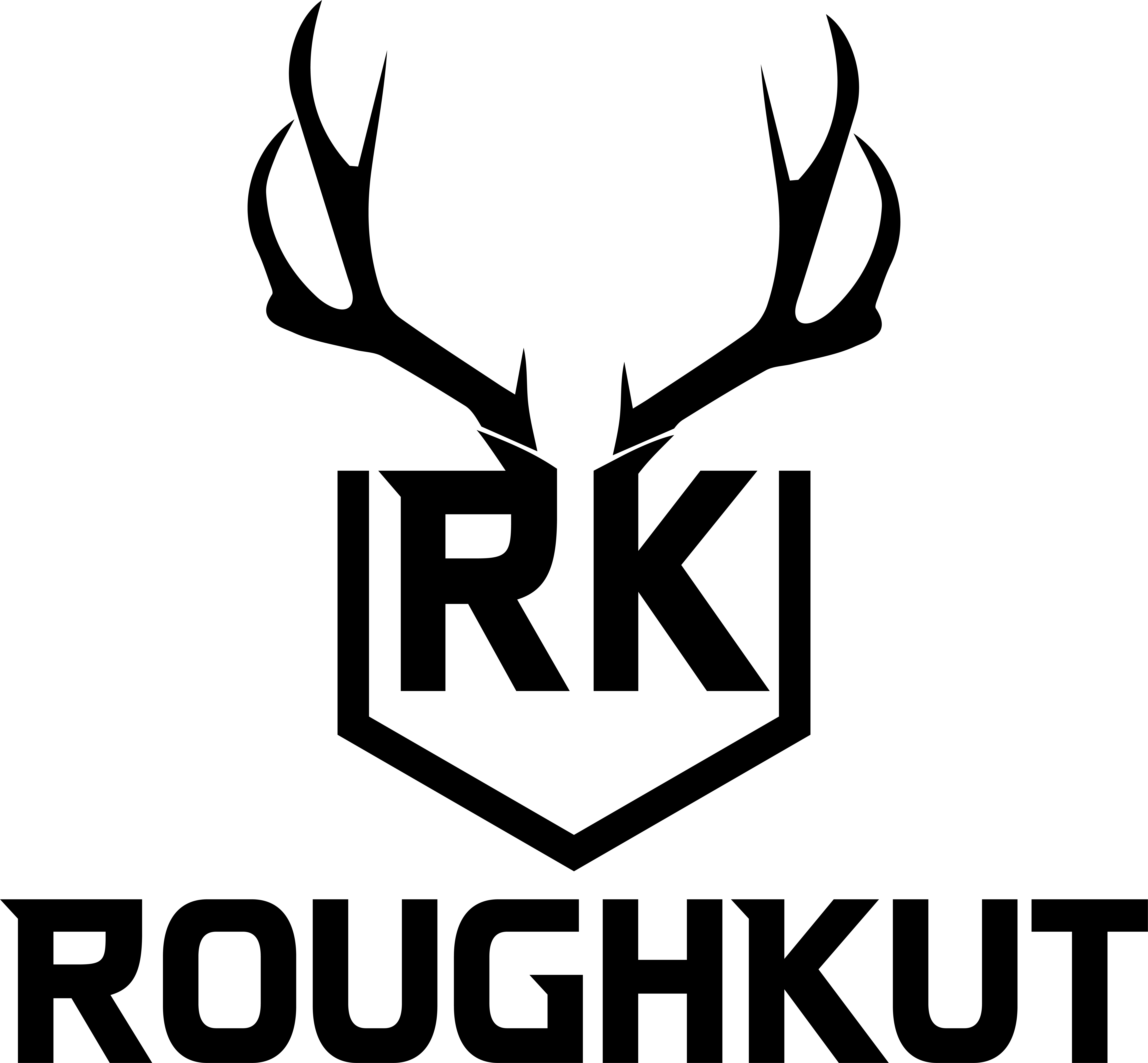How to Choose and Use the Best Hunting Knives for 2023
If you are a hunter, you know how important it is to have a good hunting knife. A hunting knife can help you with various tasks, such as skinning, gutting, or cutting your game. But with so many hunting knives available on the market, how do you pick the right one for your needs? In this article, we will show you some of the best hunting knives for 2023, based on their features, performance, and reviews. We will also give you some advice on how to select and maintain your hunting knife.
1. Benchmade Altitude Carbon Fiber
The Benchmade Altitude Carbon Fiber is our top choice for the best hunting knife overall. This knife is made for high-altitude hunting, where weight matters a lot. It has a light and strong carbon fiber handle and a sharp CPM-S90V stainless steel blade that can handle any game. The blade has a drop point shape and a plain edge, making it flexible and easy to sharpen. The knife also comes with a Kydex sheath that can be attached to your belt or pack. The Benchmade Altitude Carbon Fiber is a high-end hunting knife that offers great performance and quality.
2. KA-BAR Little Finn Hunter
The KA-BAR Little Finn Hunter is our top choice for the best hunting knife on a budget. This knife is a classic design that has been around since 1949. It has a leather handle and a 3.6-inch stainless steel blade that can handle small to medium game. The blade has a clip point shape and a plain edge, making it ideal for skinning and piercing. The knife also comes with a leather sheath that protects the blade and adds to its vintage charm. The KA-BAR Little Finn Hunter is a dependable and affordable hunting knife that will last you for years.
3. TOPS Muley Skinner
The TOPS Muley Skinner is our top choice for the best hunting knife for skinning. This knife is made for hunters who chase big game animals like elk, deer, and moose. It has a micarta handle and a 3.75-inch 1095 carbon steel blade that can handle tough skins and thick furs. The blade has a skinner shape and a plain edge, making it perfect for removing pelts without damaging the meat. The knife also comes with a kydex sheath that has a rotating clip for easy access. The TOPS Muley Skinner is a specialized hunting knife that will make skinning easy.
4. Gerber Moment Gut Hook
The Gerber Moment Gut Hook is our top choice for the best gut hook hunting knife. This knife is made for hunters who need to quickly and cleanly open up the belly of their game. It has a rubberized handle and a 3.6-inch stainless steel blade that can handle any game size. The blade has a drop point shape and a gut hook edge, making it ideal for slicing through skin and organs without puncturing them. The knife also comes with a nylon sheath that has a metal snap closure for security. The Gerber Moment Gut Hook is a practical hunting knife that will make field dressing easier.
5. ESEE-4 3D
The ESEE-4 3D is our top choice for the best bushcraft hunting knife. This knife is made for hunters who need to perform various tasks in the wilderness, such as carving, chopping, batoning, or fire starting. It has a contoured G10 handle and a 4.5-inch 1095 carbon steel blade that can handle any situation. The blade has a drop point shape and a plain edge, making it versatile and durable. The knife also comes with a molded polymer sheath that has multiple carry options and an emergency whistle. The ESEE-4 3D is an all-around hunting knife that will help you survive in any environment.
How to Pick the Best Hunting Knife
When picking the best hunting knife for your needs, there are several factors to consider, such as:
- Blade shape: Different blade shapes have different pros and cons for hunting purposes. For example, drop point blades are good for general use, clip point blades are good for piercing, skinner blades are good for skinning, and gut hook blades are good for field dressing.
- Blade edge: Different blade edges have different levels of sharpness and maintenance. For example, plain edges are easy to sharpen and cut smoothly, serrated edges are good for cutting through tough materials, and gut hook edges are good for opening up the belly of the game.
- Blade material: Different blade materials have different properties and performance. For example, stainless steel blades are resistant to rust and corrosion, but tend to lose their edge faster. Carbon steel blades are harder and hold their edge longer, but tend to rust and stain easily. Some blades also have special coatings or treatments to enhance their durability or appearance.
- Handle material: Different handle materials have different effects on the comfort and grip of the knife. For example, wood handles are natural and attractive, but can crack or warp over time. Rubber handles are soft and comfortable, but can wear out or tear easily. Micarta handles are strong and stable, but can be slippery when wet. G10 handles are lightweight and textured, but can be rough on the skin.
- Knife size: Different knife sizes have different pros and cons for hunting purposes. For example, large knives are more powerful and versatile, but can be heavy and cumbersome to carry. Small knives are more lightweight and portable, but can be limited in their functionality and reach.
- Knife type: Different knife types have different mechanisms and features. For example, fixed blade knives are stronger and more reliable, but can be harder to conceal and transport. Folding knives are more convenient and discreet, but can be weaker and less durable. Some knives also have additional features like fire starters, whistles, or glass breakers.
How to Use and Care for Your Hunting Knife
Once you have picked the best hunting knife for your needs, you need to use it properly and care for it well to ensure its longevity and performance. Here are some tips on how to use and care for your hunting knife:
- Clean your knife after every use: You should always clean your knife after using it to remove any dirt, blood, or debris that may cause rust or damage. You can use warm water and mild soap to wash your blade, then dry it thoroughly with a soft cloth. You should also oil your blade regularly with a suitable lubricant to prevent corrosion and friction.
- Sharpen your knife when needed: You should always keep your knife sharp to ensure its effectiveness and safety. You can use a sharpening stone, a honing rod, or a sharpening system to sharpen your blade, depending on your preference and skill level. You should also follow the manufacturer’s instructions on the proper angle and technique for sharpening your knife.
- Store your knife properly: You should always store your knife in a safe and dry place when not in use. You can use a sheath, a case, or a pouch to protect your blade from moisture and dust. You should also avoid storing your knife in extreme temperatures or humidity that may affect its condition.
- Respect your knife: You should always treat your knife with respect and care. You should never use your knife for purposes other than hunting or survival. You should never throw your knife or use it as a pry tool or a hammer. You should never abuse or neglect your knife or expose it to unnecessary risks.
We hope this article has helped you find the best hunting knife for your needs among our top 5 picks for 2023




